I have collected some samples for a 200Hz sine wave using an AVR microcontroller. I would like to quantify the performance of the ADC using the signal to noise ratio measurement. Theoretically, for an ideal ADC it should be SNR = 6.02N + 1.76 (dB). What could I do in MATLAB to see how this ADC compares to an ideal one?

